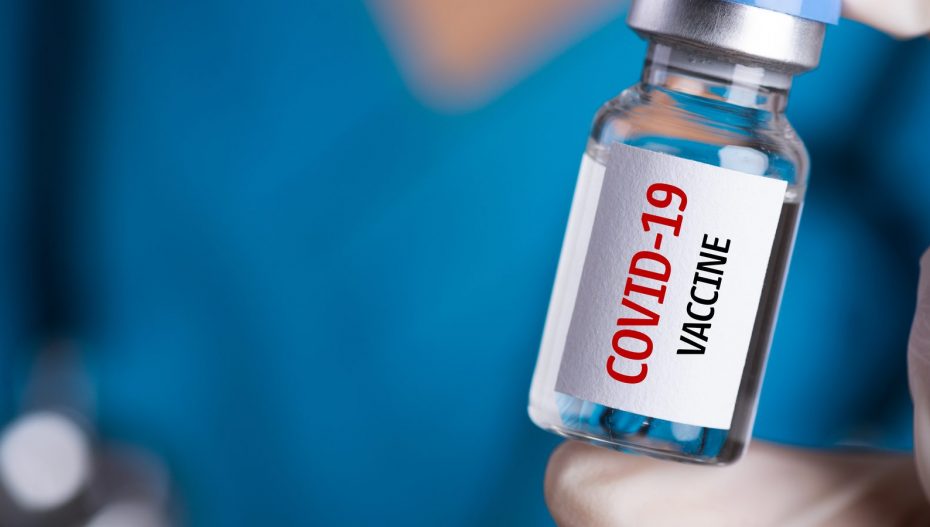A week after ‘precaution doses’—the Indian government’s moniker for COVID-19 vaccine booster shots – were allowed for healthcare and frontline workers and vulnerable senior citizens, vaccine uptake has been slow, figures suggest. Doses administered to healthcare workers seem to be on a steady downward spiral, while others are fluctuating.
While the return of vaccine hesitancy could be one of the reasons for this downward graph, the reason why twice-vaccinated citizens would still shy away from these precaution doses seems unclear.
The other reason for the falling figures could be the high numbers of doctors and healthcare staff who have contracted the virus.
On the first day, January 10, about 5.19 lakh healthcare workers (HCWs) were vaccinated. On January 14, which was the last working day, the number was down to 1.69 lakh doses. Just about 55,000 HCWs took the third shot over the weekend.
For frontline workers, the opening day’s numbers were 2.01 lakh booster shots. For senior citizens the number was 2.63 lakh. On January 14, the numbers stood at 1.86 lakh and 1.62 lakh, respectively. There was also a significant dip for these two categories over the weekend.
According to government estimates, India has 1.05 crore healthcare workers, 1.9 crore frontline workers and 2.75 crore senior citizens with co-morbidities. Of the total 44,48,183 precaution doses administered so far, 18,33,301 were administered to healthcare workers, 14,81,773 to frontline workers, and 11,33,109 to senior citizens.
Of these, the most number of people eligible for booster shots would be among healthcare workers, since they were the first group to be vaccinated when the programme kicked off on January 16, 2021 and also got their second shots faster than the others. In those early days, the second-dose gap for both Covisheld and Covaxin was 28 days.
A senior government official associated with the vaccination drive said that a “deep dive into the numbers” was necessary to come up with a solid conclusion about whether there is really a slowing down or hesitancy.
Officials in the Union Ministry of Health & Family Welfare say there are no consolidated all-India numbers for infections among healthcare workers, but ground reports suggest the number is already fairly high.
Some 750 doctors in Delhi and around 500 in Mumbai are down with Covid, ruling them out for the precaution dose for some time.
Sources also say that, for the past five days, the Government of India has reached out to hospitals, asking for details of doctors who are down with Covid and their vaccination status.
On infections among healthcare workers, the government official said, “Those who have Covid already have an Omicron-specific booster shot. So they do not really need the precaution dose. Anyway, after infection, they should ideally wait for three months before taking the shot.”
A senior doctor in a Delhi government hospital said that a combination of infections and hesitancy is ensuring low uptake of the precaution doses. “There is a group (of doctors) that has now started doubting the vaccines themselves, given the high rate of breakthrough infections,” said the physician.
“Half are infected, half are doubtful. So many fell ill two days after taking the shot, because one of the rules of vaccination is that when you give it during an epidemic, more people fall ill because of a transient lowering of immunity,” the doctor said.
In a tweet on Monday, Dr Anoop Misra, chairman, Fortis CDOC Hospital for Diabetes and Allied Sciences, and former professor of medicine, AIIMS New Delhi, weighed in on the possible reasons behind the “very poor attendance” for boosters among the eligible sections.
These included fears about going out and apprehensions that people may catch Covid in a hospital. According to Misra, reports about Omicron being “mild” are also a factor.












